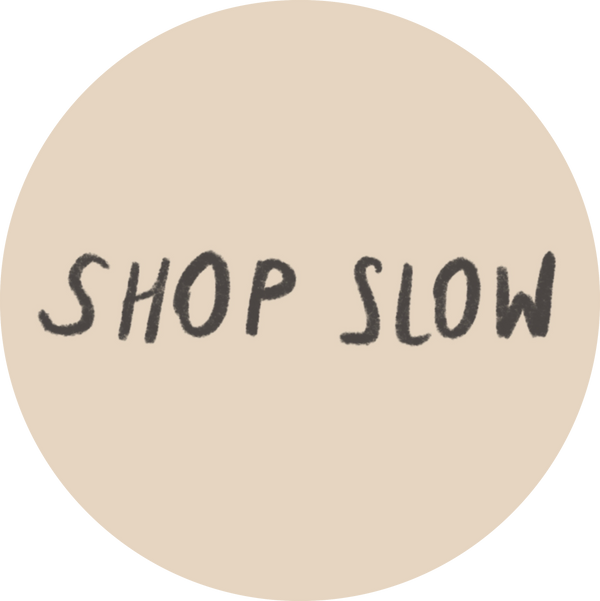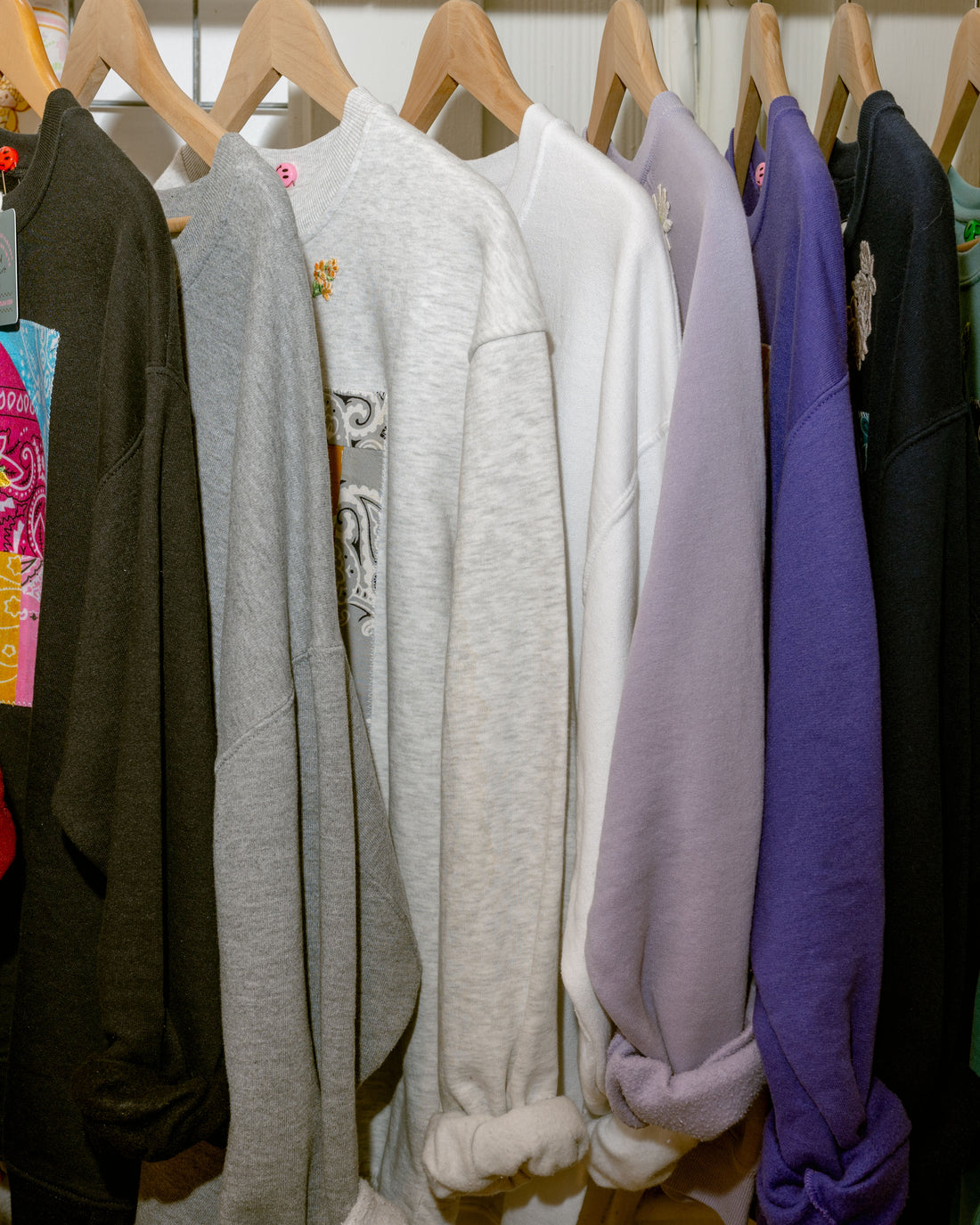Making the switch to slow fashion is no longer just a trend, but a conscious decision that shoppers should consider in order to make a positive impact on the environment, society, and animal welfare. With terms like ‘green fashion’, ‘circular economy’, ‘cradle to cradle’, and more being used to describe sustainable approaches and products, it can be overwhelming to navigate through the variety of options available.
So, why should shoppers make the conscious decision to switch to slow fashion? Let’s break it down.
Sustainable fashion, as defined by Green Strategy, refers to clothing, shoes, and accessories that are manufactured, marketed, and used in the most sustainable manner possible. This means striving for a financially solid business model, acting environmentally friendly and socially acceptable, and not harming animals. By choosing sustainable fashion, shoppers are supporting brands that have implemented sustainability at all stages of production, including criteria such as circular material flow, eco-friendly production, fair and ethical practices, and more.
There are various approaches within sustainable fashion that focus on fulfilling individual criteria or combining several criteria. For example, circular fashion describes an ecologically optimized circular economy system where fashion items circulate within the economic system for as long as possible. Collaborative fashion consumption promotes the idea of acquiring fashion items through gifting, swapping, shopping second-hand, or sharing items. Cradle to cradle emphasizes designing textile apparel products to be fully biodegradable within biological cycles. And ethical fashion focuses on production methods that are morally right and acceptable.
Other approaches, such as fairtrade fashion, locally-produced fashion, minimalistic wardrobe, organic fashion, slow fashion, and vegan fashion all offer unique perspectives on sustainability within the fashion industry. By choosing to support brands that align with these approaches, shoppers can make a conscious effort to reduce their environmental impact, support fair working conditions, and promote cruelty-free products.
To spot sustainable fashion, shoppers can look for certifications, consult sustainable fashion ranking apps, and explore manufacturer’s websites and philosophies to learn more about a brand’s sustainability practices. By making informed purchasing decisions and supporting brands that prioritize sustainability, shoppers can contribute to a more ethical and environmentally conscious fashion industry.
Ultimately, making the switch to slow fashion is not just a personal choice, but a powerful statement that reflects a commitment to a more sustainable future for all. By supporting brands that prioritize sustainability, shoppers can be part of a movement towards a more conscious and responsible fashion industry.

